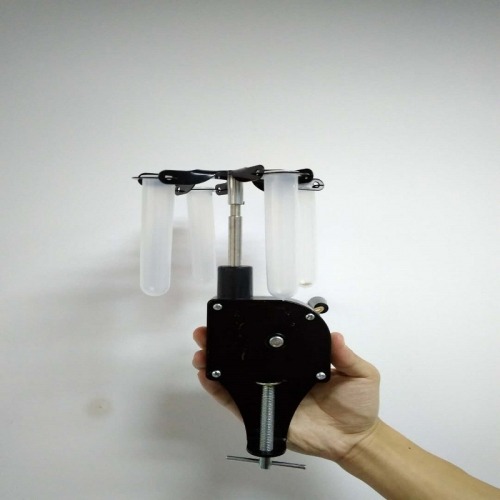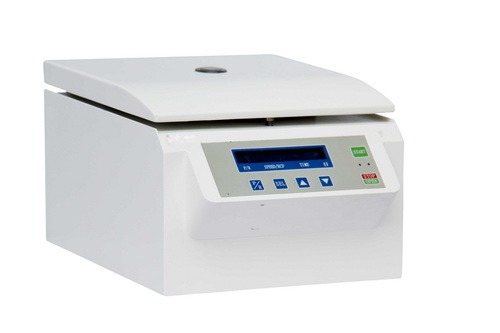Introduction
Haematocrit machines are essential diagnostic tools in the healthcare field, primarily used to measure the percentage of red blood cells (RBCs) in the blood. This metric helps doctors identify and monitor various health conditions, including anemia and polycythemia. This guide dives into the purpose, operation, and importance of haematocrit machines and provides practical information for healthcare professionals and buyers alike.
1. How Do Haematocrit Machines Work?
What is a Haematocrit Machine?
A haematocrit machine centrifuges blood samples to separate plasma, RBCs, and other components, allowing for the measurement of red blood cell volume as a percentage of the total blood volume.
| Component | Function |
|---|---|
| Centrifuge | Spins samples to separate blood components |
| Capillary Tubes | Holds blood sample during centrifugation |
| Scale/Readout | Displays haematocrit value |
Example of Haematocrit Levels
The table below illustrates how varying haematocrit levels can correlate with certain health conditions:
| Haematocrit Level (%) | Health Implication |
|---|---|
| Below 38% (in women) | Potential anemia |
| 42–54% (in men) | Normal range |
| Above 60% | Possible polycythemia |
Note: Specific ranges can vary slightly based on age, gender, and altitude.
2. Why Are Haematocrit Machines Important?
Understanding red blood cell volume is crucial for diagnosing and treating several conditions. For instance, low haematocrit levels often indicate anemia, a condition characterized by a shortage of healthy red blood cells. On the other hand, high levels can signify polycythemia, a disorder where the body produces too many red blood cells.
Common Uses in Medical Diagnostics:
- Detecting Anemia: Low haematocrit levels can suggest iron deficiency or chronic disease.
- Assessing Dehydration: High haematocrit can occur in severely dehydrated patients.
- Monitoring Post-Treatment: Regular checks can evaluate the effectiveness of treatments for blood disorders.
3. Types of Haematocrit Machines: Manual vs. Automated
When choosing a haematocrit machine, it’s important to understand the differences between manual and automated models. Here’s a breakdown:
| Type | Advantages | Disadvantages |
|---|---|---|
| Manual | Affordable, low-maintenance | Requires more skill and time to operate |
| Automated | Fast, high-precision, less user intervention | Higher upfront cost, requires power source |
Case Study: A 2022 survey of small clinics found that 70% preferred automated haematocrit machines for their faster processing times, despite the higher cost.

4. Key Features to Consider When Selecting a Haematocrit Machine
The choice of a haematocrit machine should be tailored to the specific needs of the facility. Here are some key features to consider:
- Accuracy and Precision: Consistent results are vital for accurate diagnosis.
- Ease of Use: Automated machines are generally simpler for busy environments.
- Maintenance Requirements: Consider ease of cleaning and calibration frequency.
- Sample Throughput: Larger facilities may benefit from machines that process multiple samples simultaneously.
5. Operating and Maintaining a Haematocrit Machine
How to Operate a Haematocrit Machine
- Preparation: Ensure all parts, such as capillary tubes and centrifuge, are clean.
- Sample Loading: Place the blood sample in the capillary tube, then position it in the centrifuge.
- Running the Machine: Set the timer and start the centrifuge. For manual machines, carefully monitor spin duration.
- Reading the Result: Once centrifugation is complete, use the scale to measure haematocrit percentage.
Maintenance Tips for Consistent Accuracy
- Calibration: Check calibration monthly or as per the manufacturer’s guidelines.
- Cleaning: Use approved solutions to avoid residue buildup on centrifuge components.
- Routine Inspections: Regularly inspect capillary tubes and replace worn-out parts.
6. Ensuring Accurate Measurements: Factors to Consider
Several factors can impact haematocrit readings, including:
- Blood Sample Quality: Clotted or contaminated samples can skew results.
- Operator Technique: In manual machines, technique consistency is key.
- Environmental Conditions: Temperature and humidity can influence machine accuracy, so climate control is beneficial.
Common Sources of Error
| Source of Error | How to Mitigate |
|---|---|
| Inconsistent Sample Handling | Train all operators uniformly |
| Calibration Neglect | Set regular reminders for calibration |
| Environmental Variability | Use the machine in controlled settings |

7. Recent Innovations in Haematocrit Machine Technology
Recent advancements have enhanced the speed, accuracy, and usability of haematocrit machines. For example:
- Digital Readouts: Many newer models feature digital displays, reducing human error.
- Bluetooth Connectivity: Some machines now integrate with lab software, allowing for seamless data transfer.
- Compact Designs: Portable models have made it easier to perform haematocrit measurements in small clinics and remote locations.
Research Insight: According to a 2023 study in the Journal of Hematology Technology, modern automated haematocrit machines reduce errors by over 30% compared to manual machines.
Conclusion
Haematocrit machines are indispensable for accurate blood analysis in medical settings, helping healthcare providers diagnose and monitor a variety of conditions. By choosing the right model and following proper operating and maintenance procedures, medical facilities can ensure reliable and efficient haematocrit measurements. Whether you’re in a bustling hospital or a small clinic, the right haematocrit machine can make a significant impact on patient care.